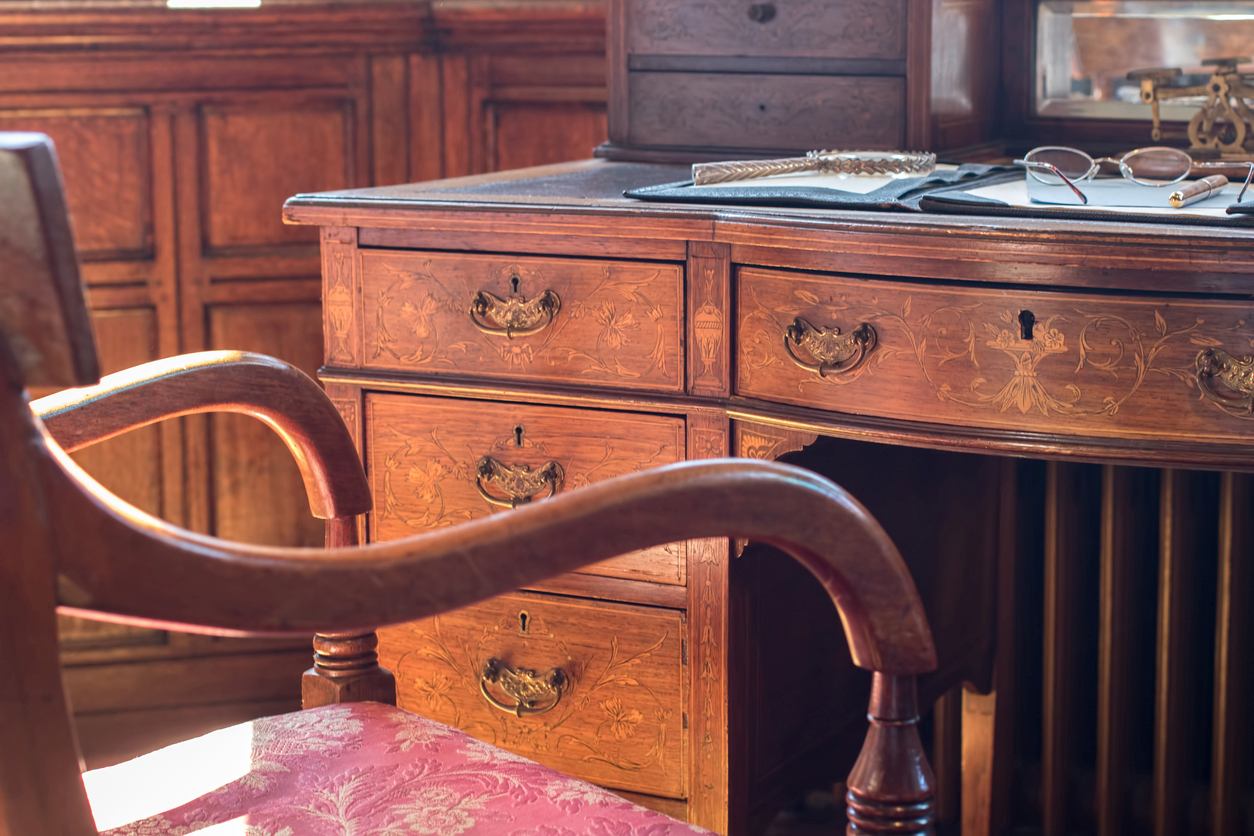Sustainability is becoming an essential consideration in furniture making, with consumers and businesses alike seeking environmentally responsible options. Sustainable furniture in Inverness is crafted with care, using ethically sourced materials and eco-friendly production techniques. By choosing eco-friendly furniture materials, homeowners and businesses can enjoy stylish, durable furniture while minimising environmental impact.
Green furniture design in Inverness prioritises materials and techniques that reduce harm to the environment. From responsibly harvested timber to recycled materials, sustainability in furniture making contributes to a healthier planet and ensures long-lasting, high-quality products.

Selecting the right materials is key to creating environmentally responsible furniture. Sustainable materials not only offer longevity but also enhance the aesthetic and functional appeal of each piece.
Timber remains one of the most sought-after materials in furniture making. Sustainable forestry ensures that trees are harvested responsibly, allowing forests to regenerate naturally.
Bamboo is a highly sustainable material due to its fast growth rate and durability.
Recycling and upcycling materials help reduce waste and repurpose resources that might otherwise end up in landfills.
Traditional furniture finishes can contain volatile organic compounds (VOCs) that impact indoor air quality. Sustainable furniture uses natural alternatives.
Quality craftsmanship plays a crucial role in sustainability. Bespoke furniture makers prioritise durable construction techniques, ensuring that pieces last for generations rather than being replaced frequently.
Traditional techniques such as dovetail, mortise and tenon, and dowel joinery enhance the structural integrity of furniture, reducing the need for nails or synthetic adhesives.
Furniture designed with adaptability in mind extends its usability and lifespan.
Unlike mass-produced furniture, high-quality bespoke furniture can be repaired, refinished, or repurposed rather than discarded.
Why is sustainable furniture in Inverness a better choice than conventional furniture?
Sustainable furniture is made with eco-friendly materials and processes, reducing environmental impact while offering greater durability and aesthetic appeal.
What are the most eco-friendly furniture materials?
FSC-certified wood, bamboo, recycled metal, repurposed textiles, and natural finishes are among the most sustainable options.
How can I ensure that my furniture is truly sustainable?
Look for FSC certification, responsibly sourced materials, and handmade craftsmanship. Avoid mass-produced items with synthetic finishes.
Does sustainable furniture cost more than mass-produced alternatives?
While the initial cost may be higher, sustainable furniture offers long-term value due to its durability and timeless design.
How does green furniture design in Inverness benefit my home?
Eco-friendly furniture improves indoor air quality, reduces exposure to toxic chemicals, and provides a healthier living environment.
Investing in sustainable furniture in Inverness supports responsible craftsmanship, eco-friendly practices, and superior quality. Whether opting for eco-friendly furniture materials like FSC-certified wood or embracing green furniture design in Inverness, choosing sustainability ensures that your furniture is both beautiful and built to last. Thoughtful material selection and expert craftsmanship contribute to a more environmentally conscious and stylish living space.


